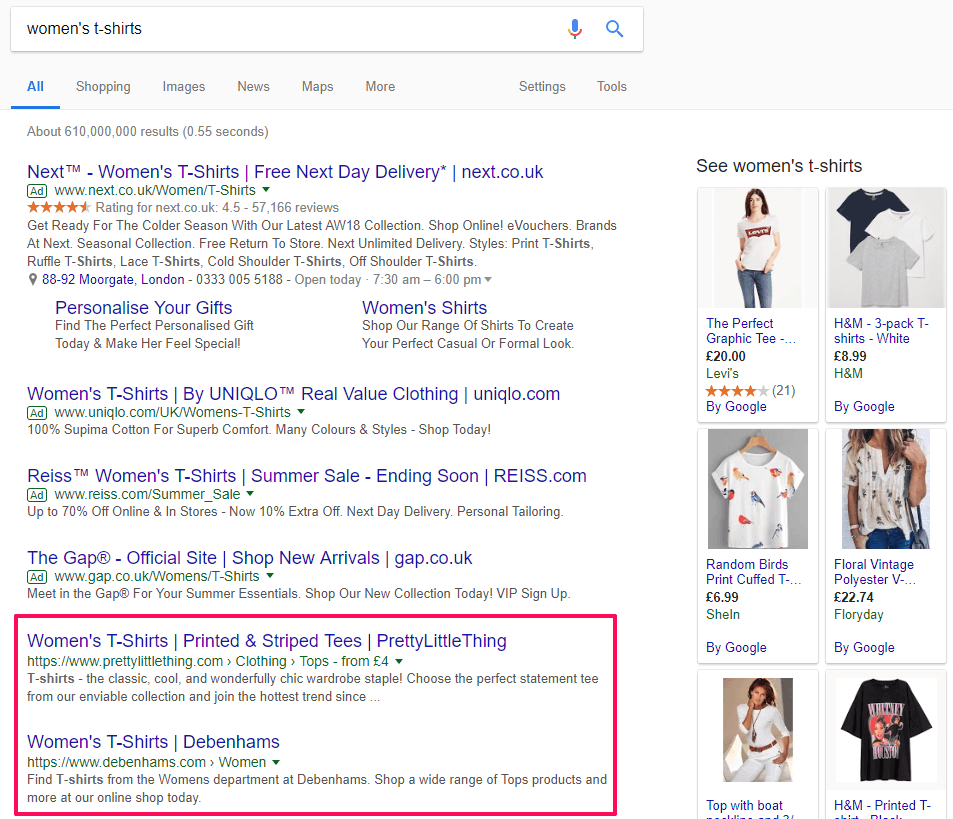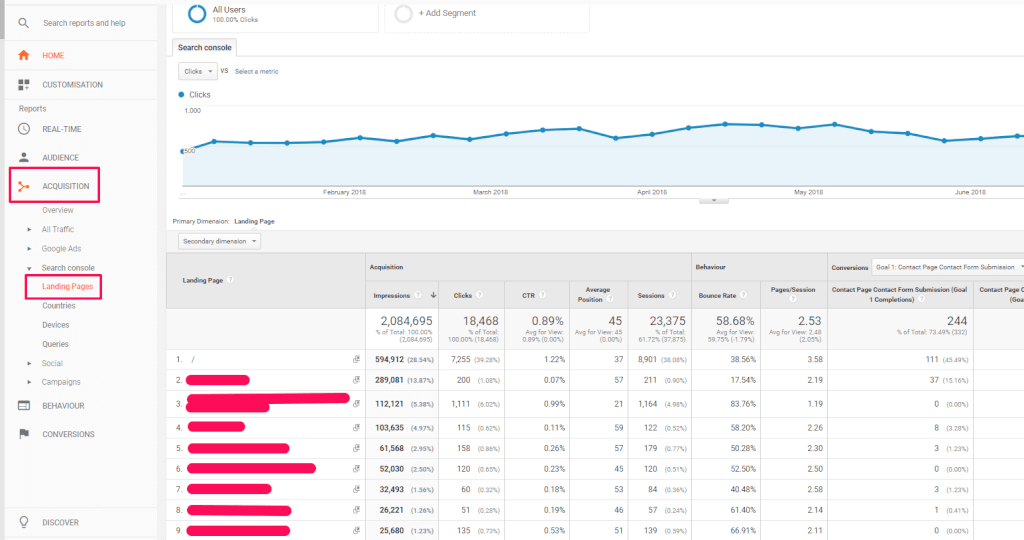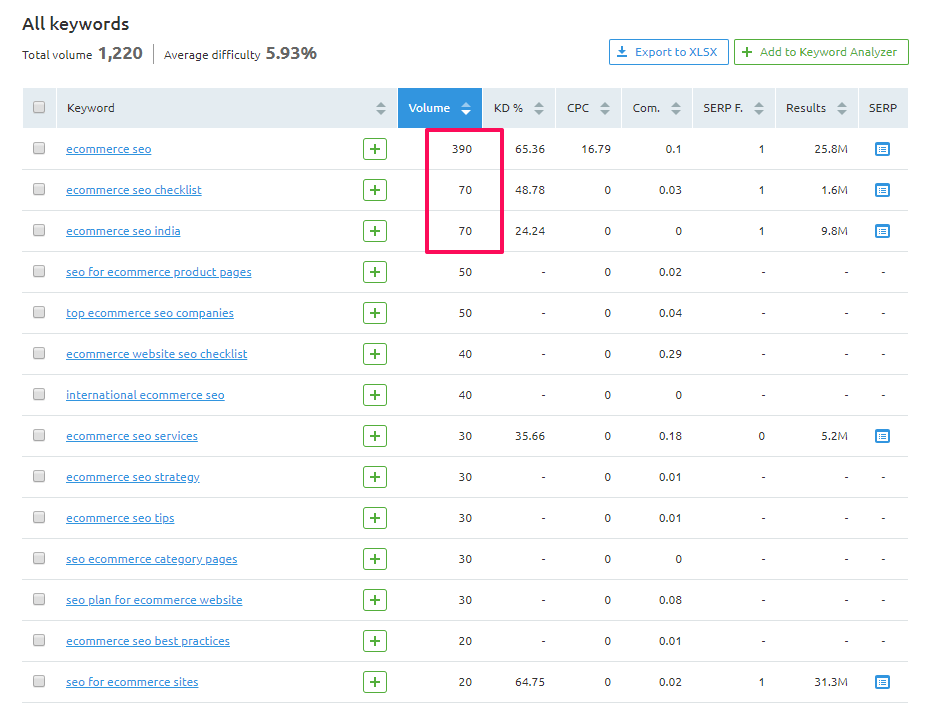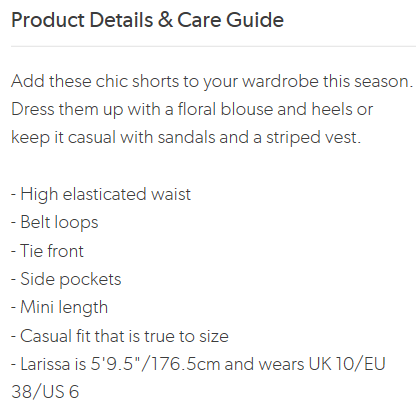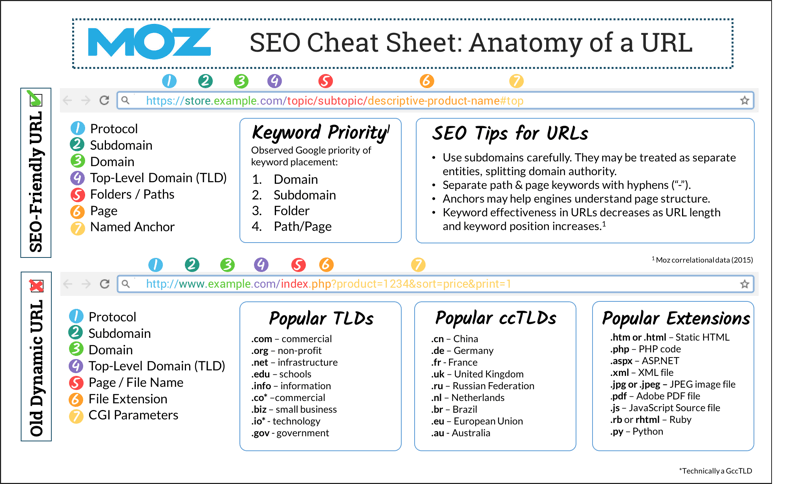How to increase organic search to your online shop
Are you struggling to compete with other online sellers? We are here to help you!

Online shopping makes it simple for anyone to purchase a product from anywhere with the click of a button. However, because there is so much for sale online it can be difficult to drive organic traffic to your shop. In this article, we will share some tips on how to increase organic search through ecommerce SEO.
What is ecommerce SEO?
Ecommerce Search Engine Optimization (SEO) is the practice of optimising ecommerce websites to make them rank higher in search engine results – increasing the number of visitors via organic traffic (when a user clicks on a naturally occurring link in the search, rather than an ad or paid search link).
It can be difficult to attract online traffic if your site is on the second or third page of the search engine results page (SERP). According to research by Chitika, page one of Google gets 92% of all search traffic.
If you are struggling to rank highly for generic keywords, you can focus on lower search volume and long tail keywords. This can be done by conducting keyword research and identifying phrases with fewer search volumes and competition, making it easier for your website to rank higher for those terms.
What is the best ecommerce platform for SEO?
While all ecommerce platforms are designed to sell your products they all possess different strengths and weaknesses. The strength of an e-commerce platform depends on many factors including;
- Independent Page Titles
- Independent Navigation Links
- Independent Page URLs
- Independent Meta Descriptions
- Independent Image ALT Tags
- Independent H1 Headings
- Canonical URLs
- Integrated Blogging Platform
- Social Sharing buttons
- Auto XML Sitemap
- Use of own Domain Name
- Your Own IP address
- 301 redirects
- Robots Noindex Capabilities
According to Ecommerce Platforms, these factors each hold weight in your ability to modify site content to allow for SEO. Considering the previous factors, the following sites are the most SEO-friendly platforms for ecommerce web design:
- Magento
- WooCommerce
- Shopify
- BigCommerce
- Squarespace
It is worth the time to choose an e-commerce platform that allows a multitude of features such as an easy-to-use checkout and reporting tools – which can support your business as it grows. While it is tempting to pick the cheapest and easiest solution, it’s important to take some time and research the best solution before investing your time and money.
If you already have an e-commerce shop, here is a checklist to determine the current technical SEO of your site.
Technical SEO checklist for online shops
Technical SEO is a very important part of your ecommerce SEO strategy. As an SEO agency, we consider the best practice is to regularly perform an in-depth technical SEO audit on your website to make sure that search engines can crawl and index your pages without a hitch.
You need to make sure your website can be crawlable, indexable and performing well without any errors. A website with broken and/or out of date links not only looks bad to search engines, but it also harms your user experience.
- Make sure your online shop is user-friendly on mobile devices
With increasing mobile usage, online shops must be user-friendly on all mobile devices. Last year, over half of UK shoppers that are purchasing online are shopping via mobile.
- Ensure your online shop is reachable via voice search
As applications such as Siri and Cortana are becoming more prevalent, voice searches are over-taking typing. Voice searches are much easier and faster than traditional typing.
- Invest in user-generated content
Creating a community that consumers can actively participate in will help promote your brand (such as a social media page).
- Create live chatbots
Chatbots will help improve customer experience. By introducing live chatbots, consumers will have constant virtual assistant and customer service.
- Analyse speed of website
Fast-loading websites are crucial for online shops since many users will exit a site immediately due to its slow speed. From July 2018, websites that load quickly will show up higher on mobile search.
- Have high-quality content
Online stores must be informative and distinctive in order to grab the attention of the consumer and stand out from competitors.
- Review your content so that it is clear and concise
Online stores should be grammatically correct and easy to navigate for the consumer.
- Fix all your technical issues
Your store must be free from errors such as duplicated content, toxic backlinks, broken links, missing meta data, orphan pages and cannibalisation errors.
On-site optimisation tips for online shops
Simple changes to your site content and wording can lead to big changes.
1. Keyword Research
Start with some keyword research, an easy way to do this is to list out all the pages on your site. Then, map out keywords that lead to each page. Optimise the most important pages first, which you can determine by page traffic. This information can be extracted from your Google Analytics accounts.
When optimising a page start with a main keyword. This is the primary word you want to optimise the page for. Then, move to long-tailed variations of the keyword.
Sometimes using the keywords, you already rank the highest for can be an efficient way to find a head keyword. Using this head keyword, search for long-tailed variations and semantically related words.
It is important when conducting keyword research that you select the right country to target, as the results may differ which could affect your ability to reach the right audience.
2. Optimising Meta Titles, Tags and H1’s
Next, take your research and apply it to your on-page SEO. This means optimising your Heading tags (especially H1, H2 and H3).
You should include well-optimised tags for your most important pages and leave the rest to atomisation. However, if your site doesn’t list hundreds of products, it might be worth your time to optimise each tag.
You can also try A/B testing your tags to see which gains a higher click through rate (CTR).
3. Choose Unique Product Categories and Descriptions
Having a defined product category and well-written description is helpful for Google and the consumer. When writing descriptions include the main keyword and long tail keywords. Include useful product information, but not too much.
The description should still be short and easy to read. Consider using bullet points to make your description easier to scan through.
4. Optimise your URLs
You want URLs to your site to be clean and easy to read. Keep the structure basic. See the photo below for a dissected URL that is SEO friendly. Via MOZ.
5. Canonical Tags
Canonical tags are very helpful if your ecommerce store has many different product categories and/or colours. Rather than having a different landing page for each type of product, you can signal to Google that there is one preferred version of your product that should be the focus, or “go-to”.
If you’re selling cupcakes of different sizes and colours, you can make a suggestion to Google that the main URL to reference is the original cupcake URL, as shown below:
Utilising this method will help ensure that Google won’t penalise you for duplicate content from having different landing pages for the same type of product.
Also, it helps to fix keyword cannibalisation – which is when you have multiple landing pages competing for the same keywords.
Final Thoughts
In addition to the strategies listed above, there are tons of ways to optimise your e-commerce store. From minor changes to large overhauls, SEO optimisation can make a huge difference in organic traffic.
Have you found success in SEO for e-commerce? Got questions? Let us know!
Contact us to find out how we can help you with SEO and more.
More insights from the team
